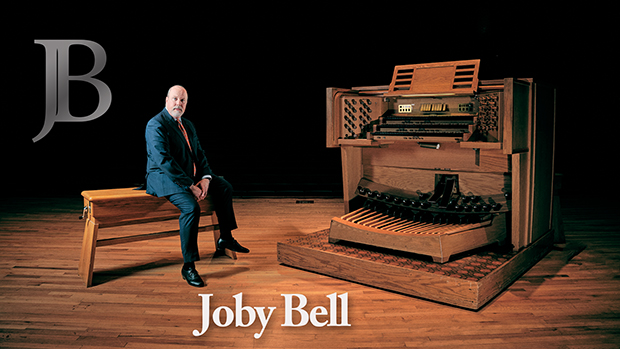Widor vs. Joby, Part 11: Suite Latine and Trois Nouvelles Pièces
 Thursday, November 26, 2020 at 12:00PM
Thursday, November 26, 2020 at 12:00PM
This is the eleventh and final installment in my series on my take on playing the complete works of Charles-Marie Widor. See the first post in the series for an introduction and my philosophies behind this blog series. And as always, refer to John Near’s edition for important corrections in the scores that I might not necessarily mention.
The Suite latine and Trois Nouvelles Pièces are up today. Visit my program notes on the pieces. And of course, feel free to order the recording.
-------------------------------
The Suite latine makes me feel like I’m ‘cheating.’ We’re not used to seeing a Widor organ piece that’s not a Symphony, and so I feel like I’m intruding into a forbidden corner of Widor’s mind! These pieces feel like composed improvisations. And if that is the case, then we have a most valuable glimpse into Widor’s late improvisational prowess, of which increasingly fewer people – if any now – have ever heard in person.
If you have been keeping up all this time with these many posts in this series, you’ll notice that the later the piece, the fewer performance comments I have. With the later pieces, Widor was less inclined to revise, and at that point in his life, he didn’t have time to get around to it, anyway. But there’s also something to be said for him ‘getting it right’ the first time later in life.
I have only two comments for the Latine. First, the final two pages are, in the words of my dear friend John Yarrington, “worth the price of admission alone.” Second, I would point out a magnificent ‘Wagner moment’ in movement 1, measures 59-65. As noted before, Widor admired Wagner’s music, and it may or may not be accidental that tiny moments of Wagnerian inspiration exist here and there.
-------------------------------------
And finally, for the Trois Nouvelles Pièces: Widor’s indications throughout are enough, and I have no corrections or performance quirks to offer. Not only did Widor have no further opportunity to revise these later works, but he also ‘got them right’ the first time. In some cases, that may be because he was such a sure composer for the organ and did not need to re-infuse works with a more mature style. In other cases, he did not provide quite the volume of in-score indications he had earlier, in which case, the performer is at more liberty there, requiring less commentary here. Just do as Widor said, and given the choice, don’t go overboard with anything.
--------------------------------
I know of no liturgy to wrap this up, and so I’ll simply announce, “Our Widor series is concluded!” (to which many may enthusiastically reply, “Thanks be to God!”).
 Joby Bell | tagged
Joby Bell | tagged  Note by note,
Note by note,  Widor vs. Joby
Widor vs. Joby 